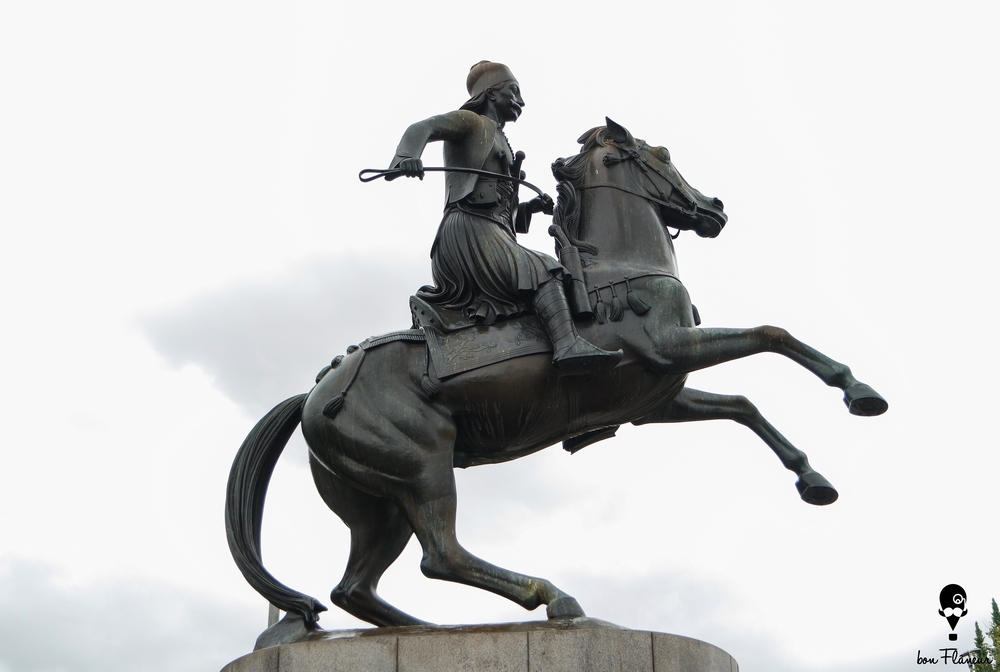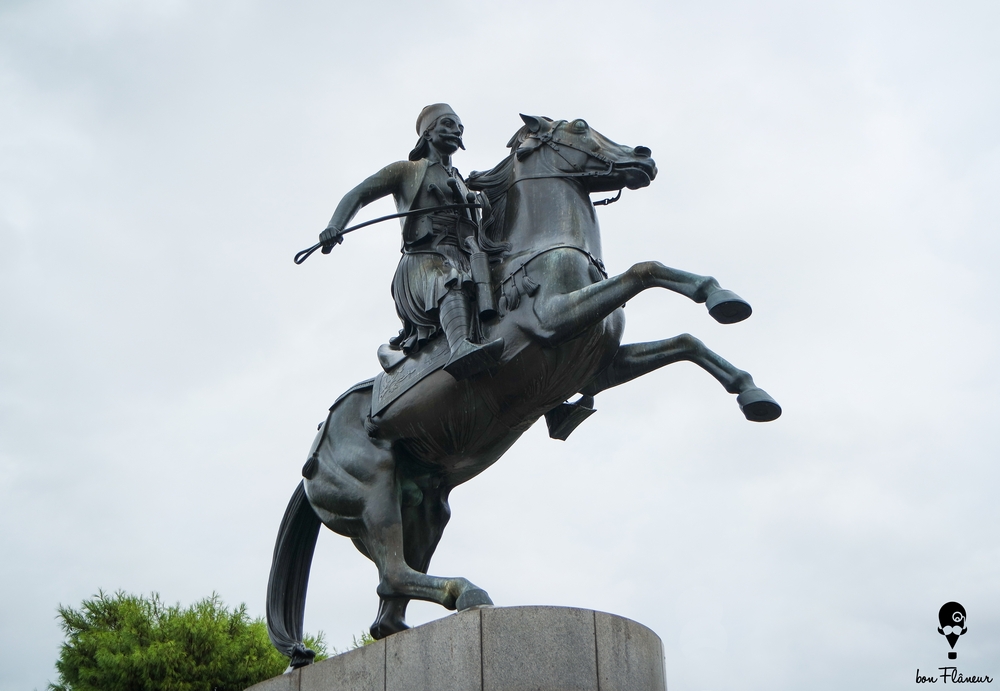Georgios Karaiskakis
Brass equestrian statue of general Georgios Karaiskakis.
Location
Timeline
Modern and Contemporary era (1821 - )
1940 The draft was ready for the competition of that year, which did not take place due to the war.
1963 Finally, the contest was conducted and Michalis Tompros (1889-1974) was the winner.
1968 Revealed.





Share